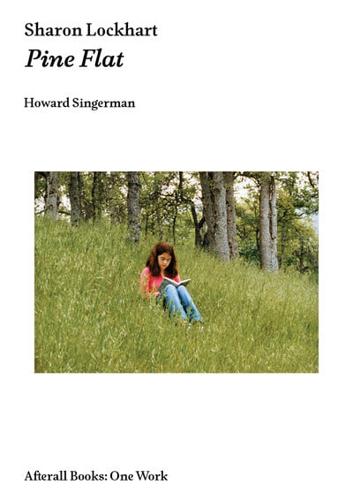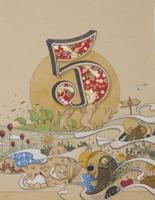Publisher's Synopsis
A nuanced reading of an artwork that explores a place, transitory and pastoral, where childhood might be lived and imagined differently
Sharon Lockhart's Pine Flat (2006) takes its name from a small hamlet in the foothills of the western slope of the Sierra Nevadas, just inside the Giant Sequoia National Monument. The work itself comprises three distinct parts: a set of three photographs of landscapes; a larger set of posed studio portraits of children and young teenagers; and a 138-minute 16-millimeter film, which is itself assembled from twelve ten-minute scenes-each a single immobile take-divided in half by a ten-minute intermission. This volume in Afterall's One Work series offers a nuanced reading of Lockhart's work, with color illustrations from both series of photographs and the film.
Art historian Howard Singerman sees in Pine Flat not a straightforward portrait of a community of children or ethnography of a place. Rather, the work explores the possibility of a space for childhood in which children have the right to intimacy, innocence, and interest outside adult narratives. The children in Pine Flat are posed formally and conventionally, but the space they occupy and the identities they construct are their own. Youth culture has long been exploited, to sell itself in order to be sold to; today, the rights of children to their own childhoods are constantly eroded. In Pine Flat, Singerman argues, Lockhart proposes a place, transitory and pastoral, "where childhood might be lived differently, imagined under a different order of power and possibility."







